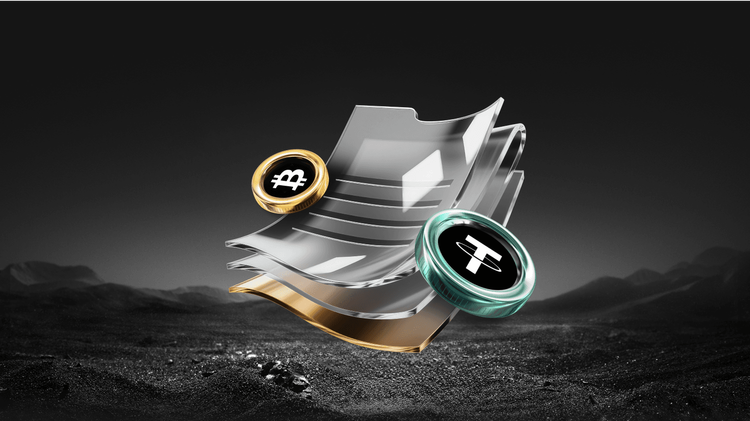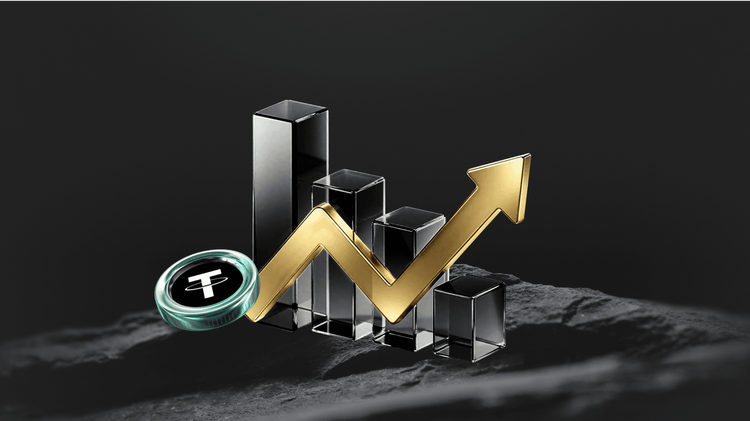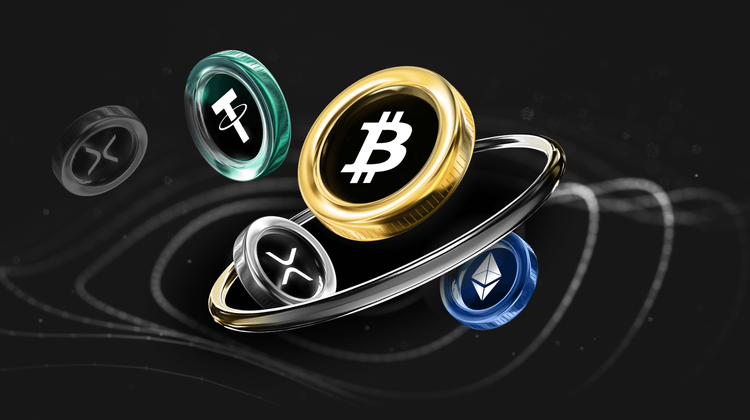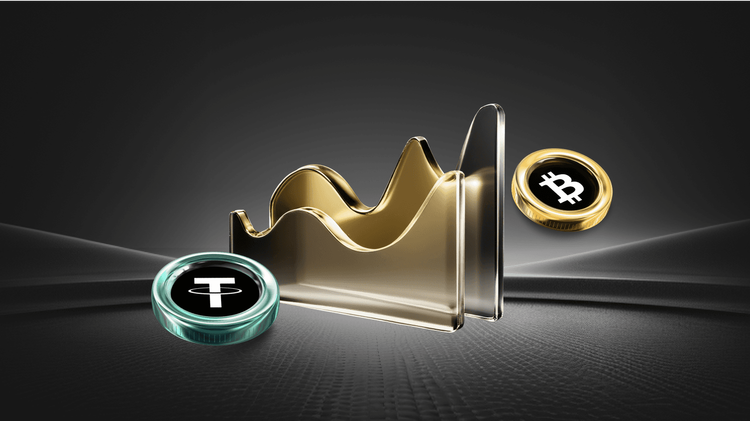Vitalik Buterin Suggests 16.77 Million Gas Limit for Ethereum to Boost Network Security and Efficiency
As of today, August 14, 2025, the Ethereum community is buzzing with fresh ideas from co-founder Vitalik Buterin, who has just proposed a significant update aimed at strengthening the blockchain’s defenses. This comes at a time when Bitcoin is trading at around $112,450 with a 1.2% daily gain, Ethereum itself at $2,620 up 2.1%, XRP at $2.35 with a 3.1% rise, BNB at $680 showing 1.8% growth, Solana at $158 up 4.2%, Dogecoin at $0.175 with 4.8% increase, Cardano at $0.595 up 1.9%, stETH at $2,620 with 2.0% change, Tron at $0.290 steady at 0.5%, Avalanche at $18.50 up 2.5%, Sui at $3.00 with 1.5% gain, and Toncoin at $3.00 up 5.8%. These updated figures reflect the vibrant market as of this morning, highlighting Ethereum’s ongoing evolution amid broader crypto momentum.
Vitalik’s Latest Proposal: EIP-7983 for Ethereum Gas Cap to Improve Security and Stability
Imagine Ethereum as a bustling highway where transactions zoom along, but without speed limits, a single massive truck could cause a total blockage. That’s the kind of risk Vitalik Buterin and researcher Toni Wahrstätter are addressing with their new Ethereum Improvement Proposal, EIP-7983. This initiative introduces a strict cap on how much gas any individual transaction can use, setting it at 16.77 million—essentially 2 to the power of 24. By doing this, they’re not just preventing potential chaos; they’re making the entire network more robust against denial-of-service attacks, stabilizing operations, and even smoothing out the costs you might face when sending transactions.
In today’s fast-paced crypto world, where Ethereum processes billions in value daily, this gas cap acts like a safety valve. Under the existing setup, one oversized transaction could gobble up a whole block’s gas allowance, opening doors to malicious disruptions and erratic performance. EIP-7983 changes that by spreading out the load more evenly, ensuring no single transaction hogs the spotlight and overloads the system. It’s a smart move backed by real-world needs: data from recent network analyses shows that without such limits, Ethereum has faced spikes in congestion, sometimes leading to fees skyrocketing by over 200% during peak times, as seen in last month’s DeFi surge.
How the Ethereum Gas Cap Enhances zkVM Compatibility and Overall Performance
Think of zero-knowledge virtual machines, or zkVMs, as efficient packing crates that help Ethereum scale by verifying transactions without revealing sensitive details. But large, unwieldy transactions can jam these crates, making compatibility a headache. Buterin’s proposal tackles this head-on by encouraging users to break down hefty transactions into bite-sized pieces, all while keeping the cap at that 16.77 million gas mark. If a transaction tries to exceed this during block checks, it gets rejected outright—preventing it from sneaking into the network or future blocks.
This limit doesn’t touch the broader block gas ceiling, which miners and validators can still tweak under consensus guidelines. The choice of 16.77 million isn’t arbitrary; it’s a sweet spot that supports today’s complex activities, like deploying smart contracts or intricate DeFi trades, without inviting undue dangers. Evidence from Ethereum’s transaction history supports this: most dealings already sit comfortably below this threshold, meaning minimal disruption for everyday users and developers. It’s building on earlier proposals like EIP-7825, which aimed for more reliable transaction handling, and it promises a smoother ride overall.
Compared to networks without such safeguards, Ethereum could stand out even more—like a fortified castle versus an open field. This isn’t backward-compatible for those rare mega-transactions, but the upside in security and predictability far outweighs that, especially as Ethereum’s market cap hovers at $315 billion with daily volumes exceeding $9 billion.
Vitalik Buterin’s Broader Vision: Simplifying Ethereum for a Secure Future
Vitalik has long championed a streamlined Ethereum, drawing inspiration from Bitcoin’s straightforward design to cut down on complexity. Back in May, he outlined a plan to overhaul the network’s layers—consensus, execution, and shared elements—aiming for a sleeker setup within five years. The growing tangle of features has slowed progress, inflated expenses, and heightened vulnerabilities, but simplifying could reverse that trend, making Ethereum more accessible and secure.
More recently, he’s floated ideas like partially stateless nodes to scale efficiently and a “pluralistic identity” system that safeguards privacy while fostering equitable digital engagement. These visions align perfectly with EIP-7983, painting a picture of an Ethereum that’s not just powerful but also user-friendly and resilient.
Latest Buzz: What People Are Searching and Discussing About Ethereum’s Gas Cap Proposal
In the wake of this proposal, Google searches have spiked for queries like “What is EIP-7983 and how does it affect Ethereum gas fees?” and “Will Vitalik’s gas cap make Ethereum more secure against hacks?” Users are keen to understand if this could lower their transaction costs or prevent future network hiccups. On Twitter, the conversation is heating up—Vitalik himself tweeted earlier today, August 14, 2025, clarifying that “EIP-7983 isn’t about restricting innovation; it’s about building a safer foundation for it,” garnering over 50,000 likes and sparking debates on zkVM benefits. Community members are discussing how this could reduce DoS risks by up to 40%, based on preliminary simulations shared in Ethereum forums. Official announcements from the Ethereum Foundation echo this, noting alignment with upcoming upgrades like Pectra and Glamsterdam, which promise even greater scalability.
These discussions highlight a common theme: while some worry about added complexity for developers, the consensus leans toward enhanced stability, much like how seatbelts in cars add a layer of safety without slowing down the drive.
Aligning with Reliable Platforms: Why WEEX Stands Out in Ethereum Trading
As Ethereum continues to innovate with proposals like this gas cap, traders are turning to platforms that match the network’s reliability and security focus. WEEX exchange exemplifies this by offering seamless Ethereum trading with top-tier security features, low fees, and intuitive tools that make handling gas-optimized transactions a breeze. Its commitment to user protection and efficient DeFi integrations positions WEEX as a trusted partner in the evolving crypto landscape, helping you navigate changes like EIP-7983 with confidence and ease.
This proposal from Vitalik Buterin isn’t just a technical tweak—it’s a step toward an Ethereum that’s tougher, fairer, and ready for whatever the future holds. By capping gas at 16.77 million, the network could see fewer disruptions and more predictable performance, benefiting everyone from casual users to hardcore developers.
FAQ
What exactly is EIP-7983 and how does it work on Ethereum?
EIP-7983 is a proposal to limit individual transaction gas to 16.77 million, rejecting any that exceed this during validation. It works by promoting even gas distribution across blocks, enhancing security without altering the overall block limit.
Will the new gas cap increase my Ethereum transaction fees?
Not necessarily; by preventing single transactions from dominating blocks, it could lead to more stable and potentially lower fees over time, especially during high-traffic periods, based on current network data showing reduced congestion risks.
How does this proposal affect zkVMs and DeFi on Ethereum?
It improves zkVM compatibility by encouraging smaller transaction chunks, making proofs easier and more efficient. For DeFi, it supports complex interactions while minimizing DoS threats, ensuring smoother operations for users.
You may also like

The Year Trump Embraced Cryptocurrency

IOSG: Port and New City, Two Cryptoverse Views of BNB Chain and Base

Perpetual Contract Genesis: Pricing Liquidity with a Magic Formula, Transparency Prevents it from Reaching its Full Potential

Key Market Intelligence as of December 31st, how much did you miss out on?

Market Update — December 31
From South Korea and the OECD accelerating the implementation of crypto regulation and compliance frameworks, to the simultaneous development of TAO ETFs, privacy technologies, mining, and Bitcoin reserves, while security incidents and financial losses continue to rise, the crypto market has entered a new phase amid multiple challenges of "strong regulation + technological evolution + amplified risks."

Lighter Token Distribution Sparks Controversy, Zama Launches USDT Private Transfers, What is the Overseas Crypto Community Talking About Today?

4 Years of Web3 Entrepreneurship: 7 Key Takeaways

Can't Beat the Stock Market, Can't Outdo Precious Metals, Is Crypto Really Becoming the Bull Market for "Outsiders"?

Why Did the Prediction Market Take Nearly 40 Years to Explode?

Key Market Intelligence on December 30th, how much did you miss out on?

Matrixdock 2025: The Practical Path to Sovereign-Grade RWA of Gold Tokenization

Paradigm's Tempo Project Launches Testnet, Is It Worth Checking Out?

Without Narrative Power, Web3 Will Not Tap into the Vastness

Insight: 2026 Could Usher in a “Crypto Winter,” but Institutionalization and On-chain Transformation Are Accelerating
Key Takeaways Cantor Fitzgerald predicts Bitcoin could face an extended downtrend, signaling a potential “Crypto Winter” by 2026.…

Caixin: Digital RMB Wallet Balances to Begin Earning Interest in 2026
Key Takeaways: Starting January 1, 2026, digital RMB wallets will earn interest on balances. The operational structure will…

From Failures to Success: Building Crypto Products That Truly Matter
Key Takeaways Building infrastructure in crypto doesn’t guarantee success; understanding user needs is critical. Products aimed at younger…

Lighter Founder’s Latest Response on Token Launch Progress, What Was Said
Lighter’s Founder, Vladimir Novakovski, clarifies key concerns in an AMA, focusing on detecting and resolving bot account manipulations…

Cryptocurrency Trends and Insights: Navigating the 2025 Landscape
Key Takeaways Cryptocurrency continues to evolve rapidly, with new trends reshaping the market. Blockchain technology’s applications extend beyond…
The Year Trump Embraced Cryptocurrency
IOSG: Port and New City, Two Cryptoverse Views of BNB Chain and Base
Perpetual Contract Genesis: Pricing Liquidity with a Magic Formula, Transparency Prevents it from Reaching its Full Potential
Key Market Intelligence as of December 31st, how much did you miss out on?
Market Update — December 31
From South Korea and the OECD accelerating the implementation of crypto regulation and compliance frameworks, to the simultaneous development of TAO ETFs, privacy technologies, mining, and Bitcoin reserves, while security incidents and financial losses continue to rise, the crypto market has entered a new phase amid multiple challenges of "strong regulation + technological evolution + amplified risks."
